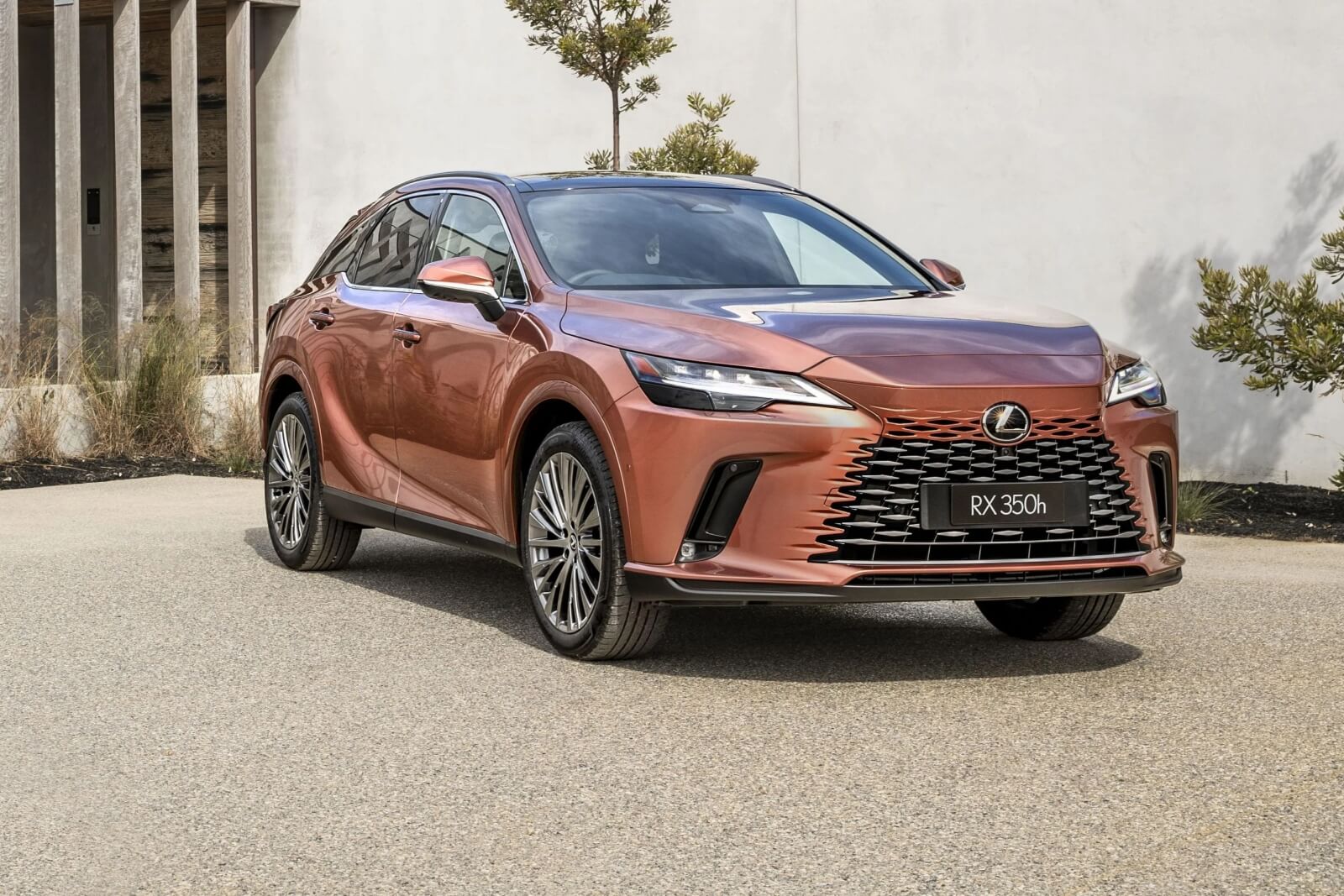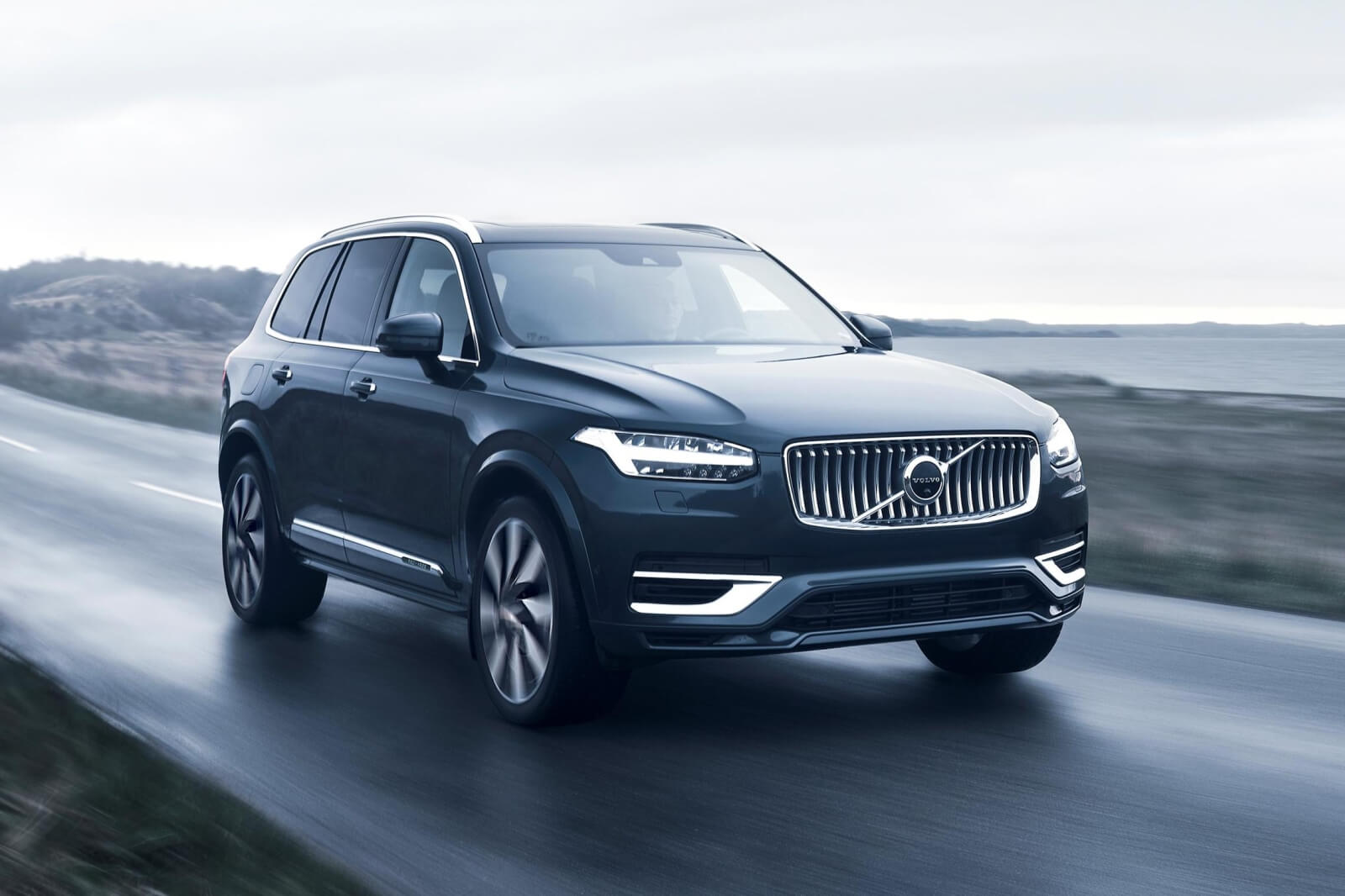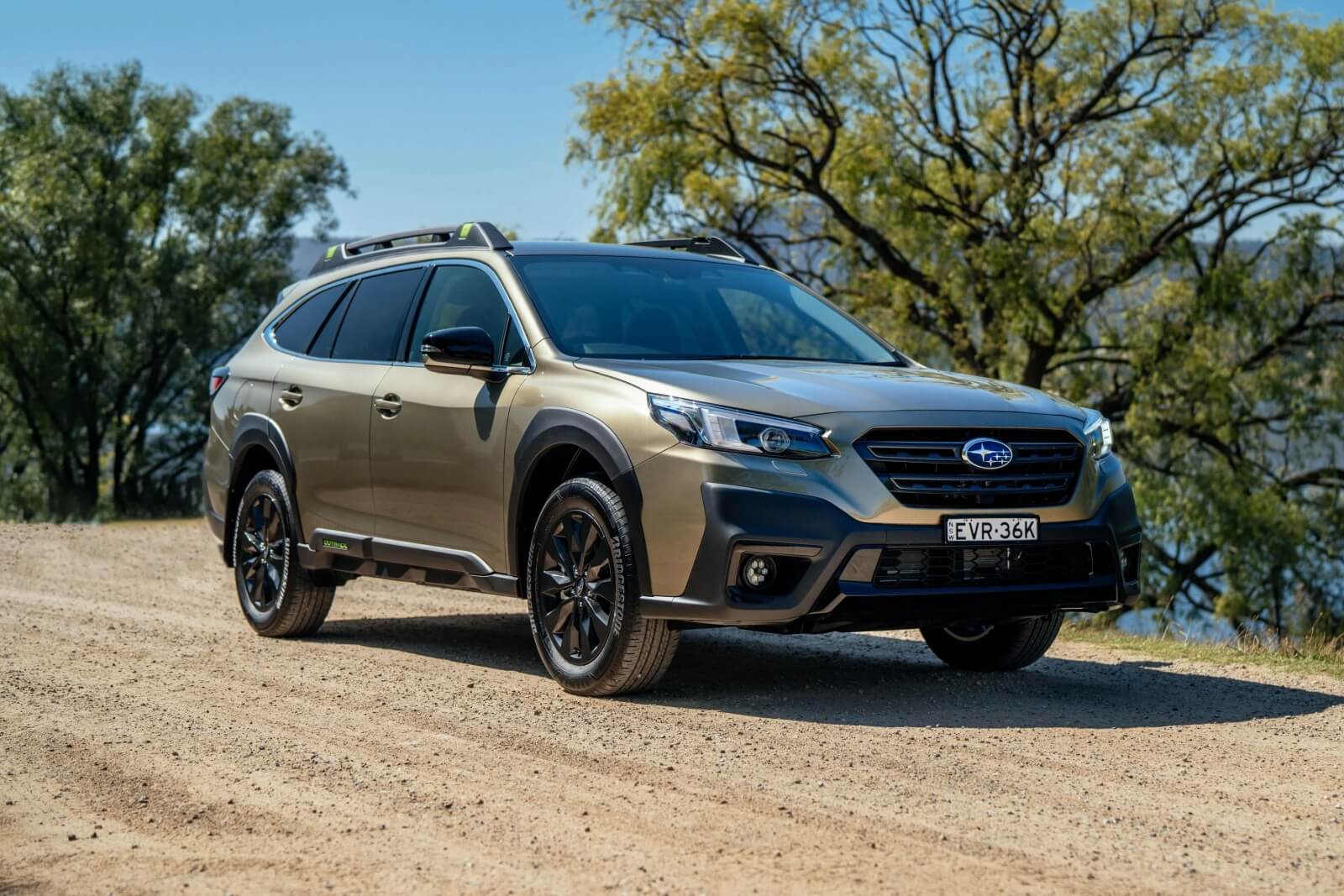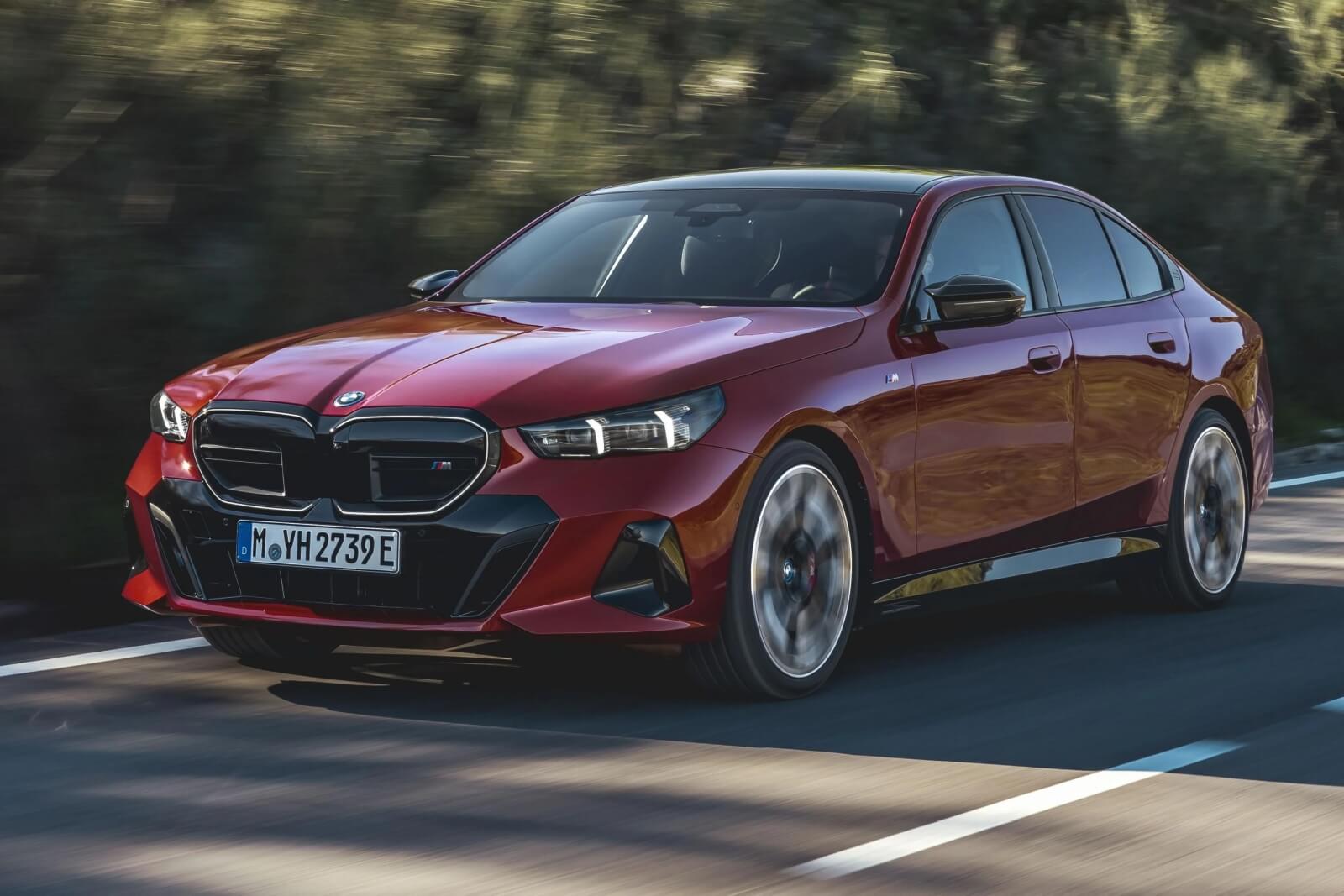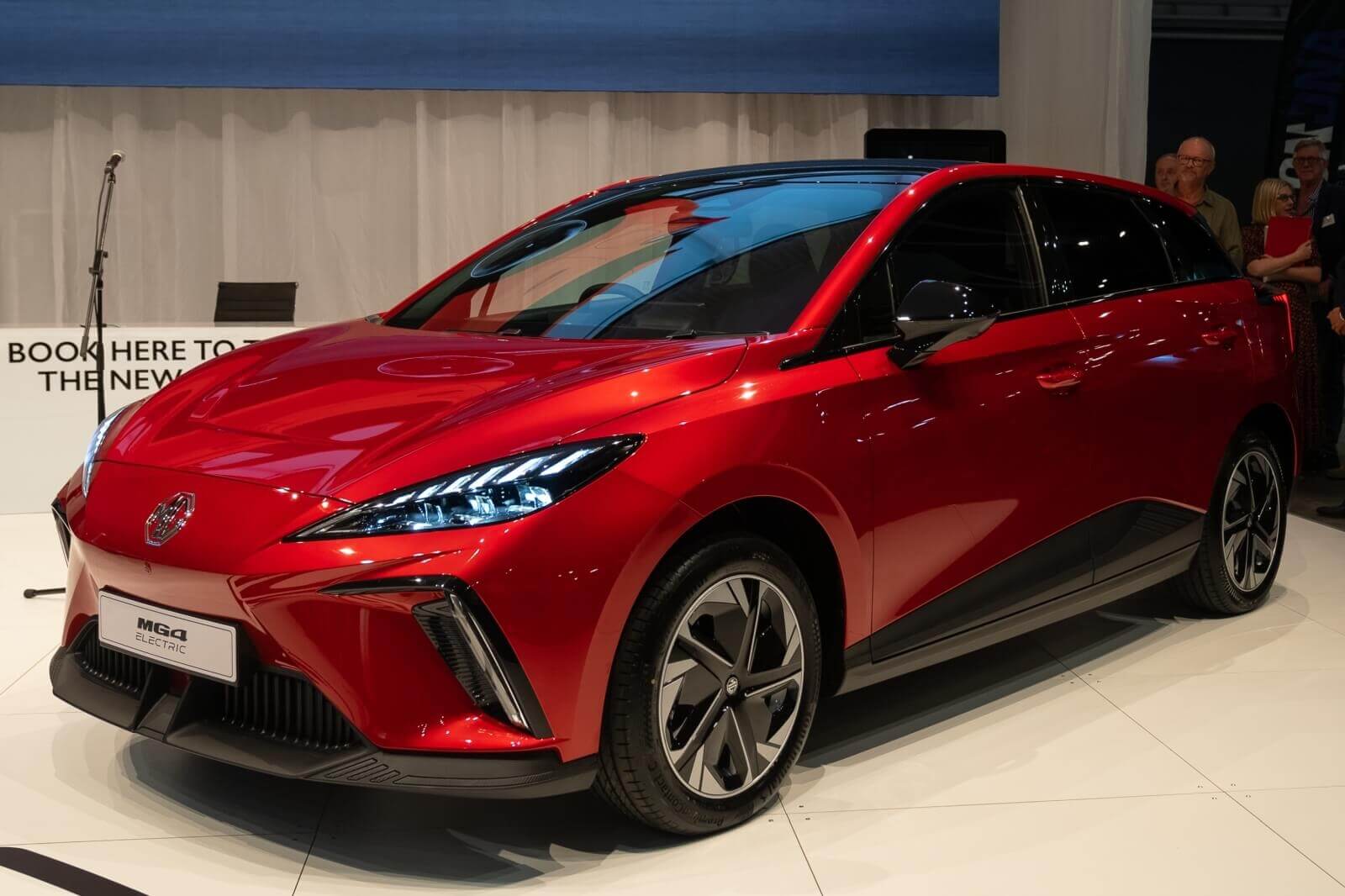With meticulous attention to detail, Kia has taken a remarkable vehicle, the Seltos, and elevated it to new heights through significant technological advancements and innovative engineering enhancements. This update truly exemplifies Kia's commitment to c
Pros
- Enhanced Tech
- Transmission Upgrade
- Practicality
- Strong Engine
- Impressive Displays
- Smooth Transmission
Cons
- Intrusive Speed Limit Assist
- Poor Headlights
- Spec Decisions
- Lack of Wireless Connectivity
- Interior Quality
- Costly GT-Line Upgrade
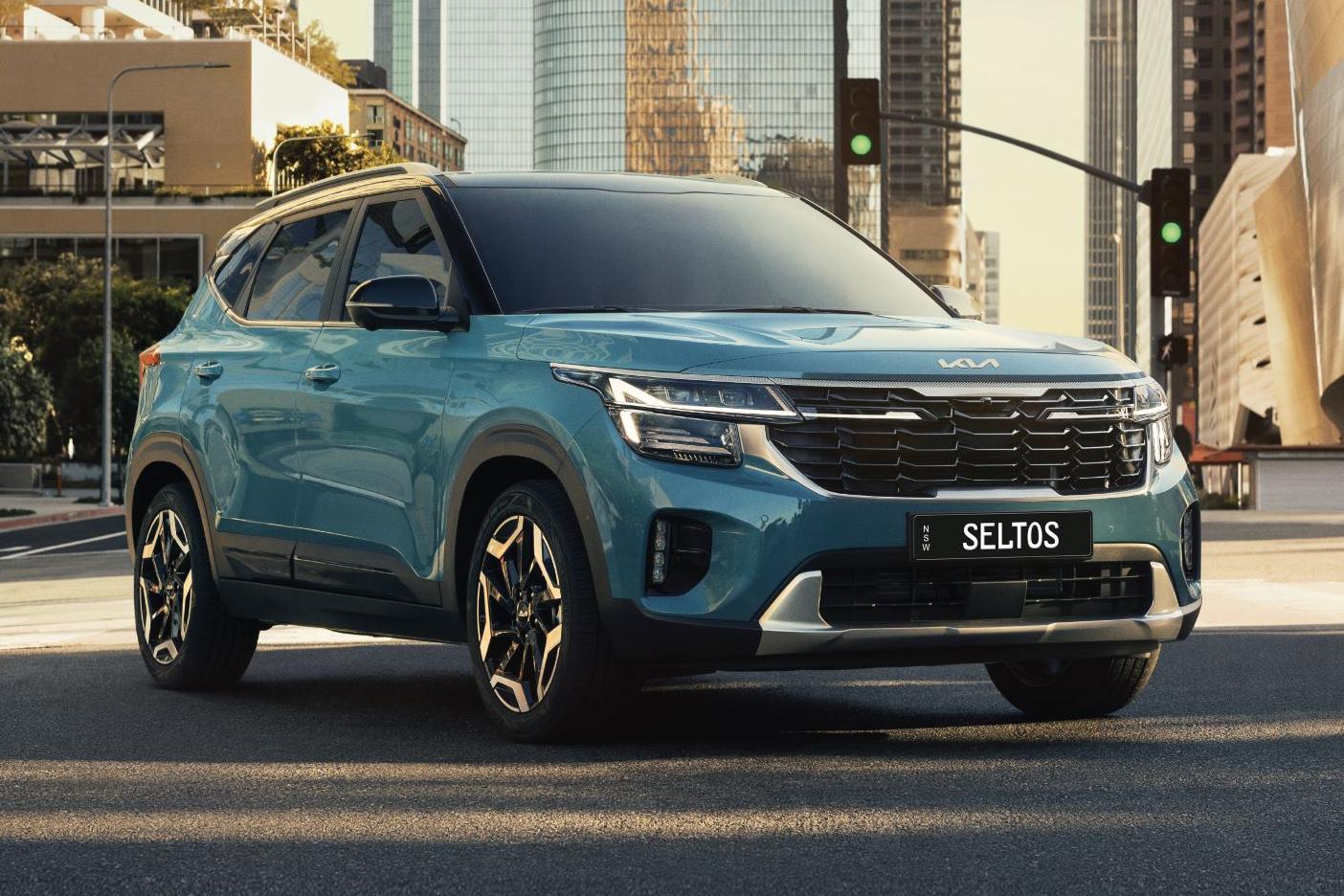
In the ever-growing market of compact SUVs, Kia Australia has made a grand entry with the updated Seltos, which has recently undergone a mid-life refresh.
When it comes to visual upgrades, the Seltos sports subtle yet modern tweaks, with primary changes adorning the front and rear lighting.
Underneath the stylish exterior, significant enhancements have been introduced. Nevertheless, Seltos remains an appealing choice in its category, going head to head with competitors like Hyundai Kona, Honda HR-V, and occasionally its family member, the Kia Niro.
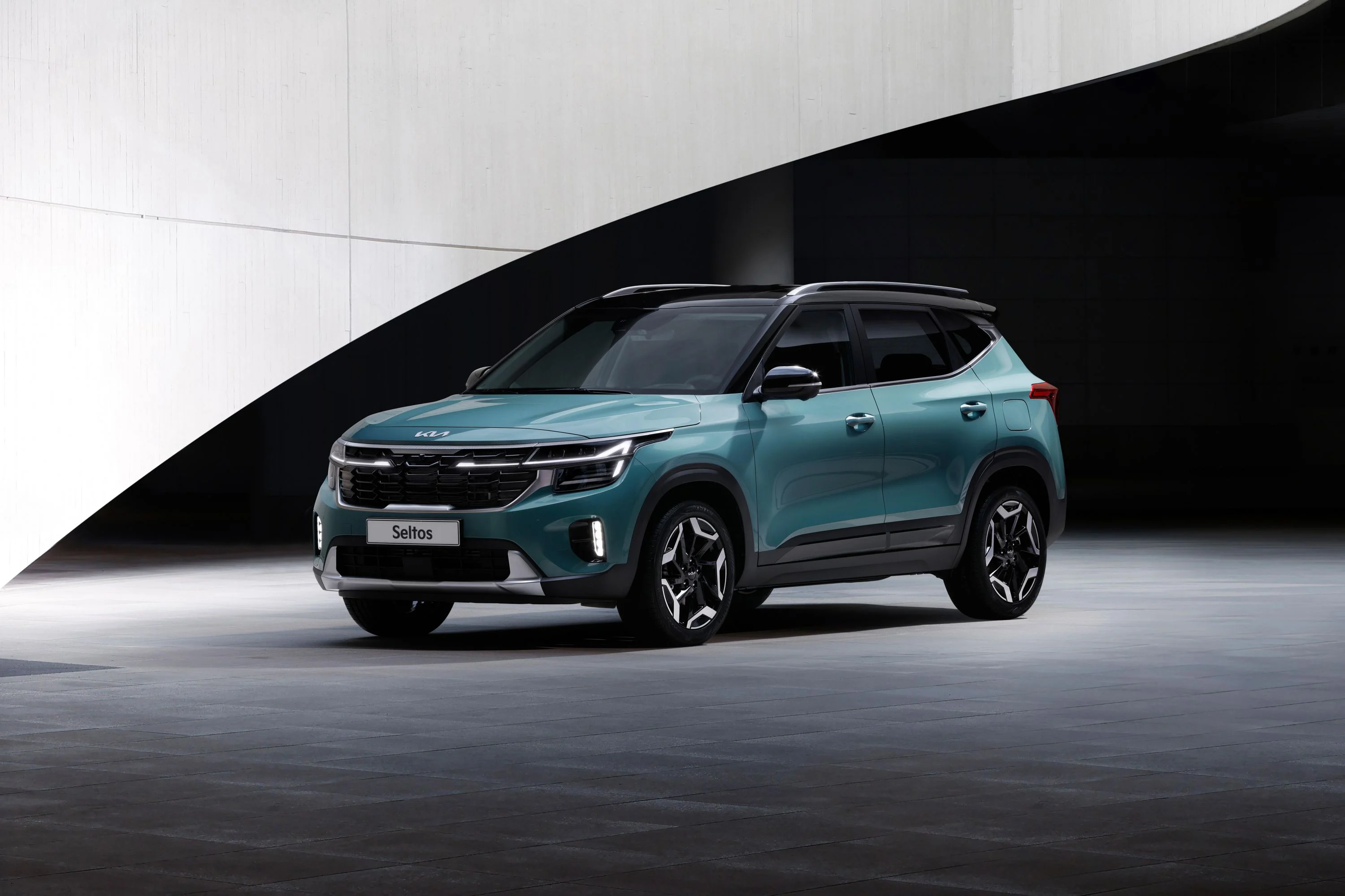
The Australian Seltos line-up retains its earlier structure with six unique variants still on offer.
Retracing the steps of its predecessor, the front-wheel-drive Seltos variants stick to a 2.0-litre naturally aspirated petrol engine churning out 110kW/180Nm, paired with a CVT.
The superior all-wheel-drive models sport the identical turbocharged 1.6-litre petrol engine, now coupled with an eight-speed torque converter auto instead of the previous dual-clutch transmission. The power and torque specifications read 146kW and 265Nm respectively.
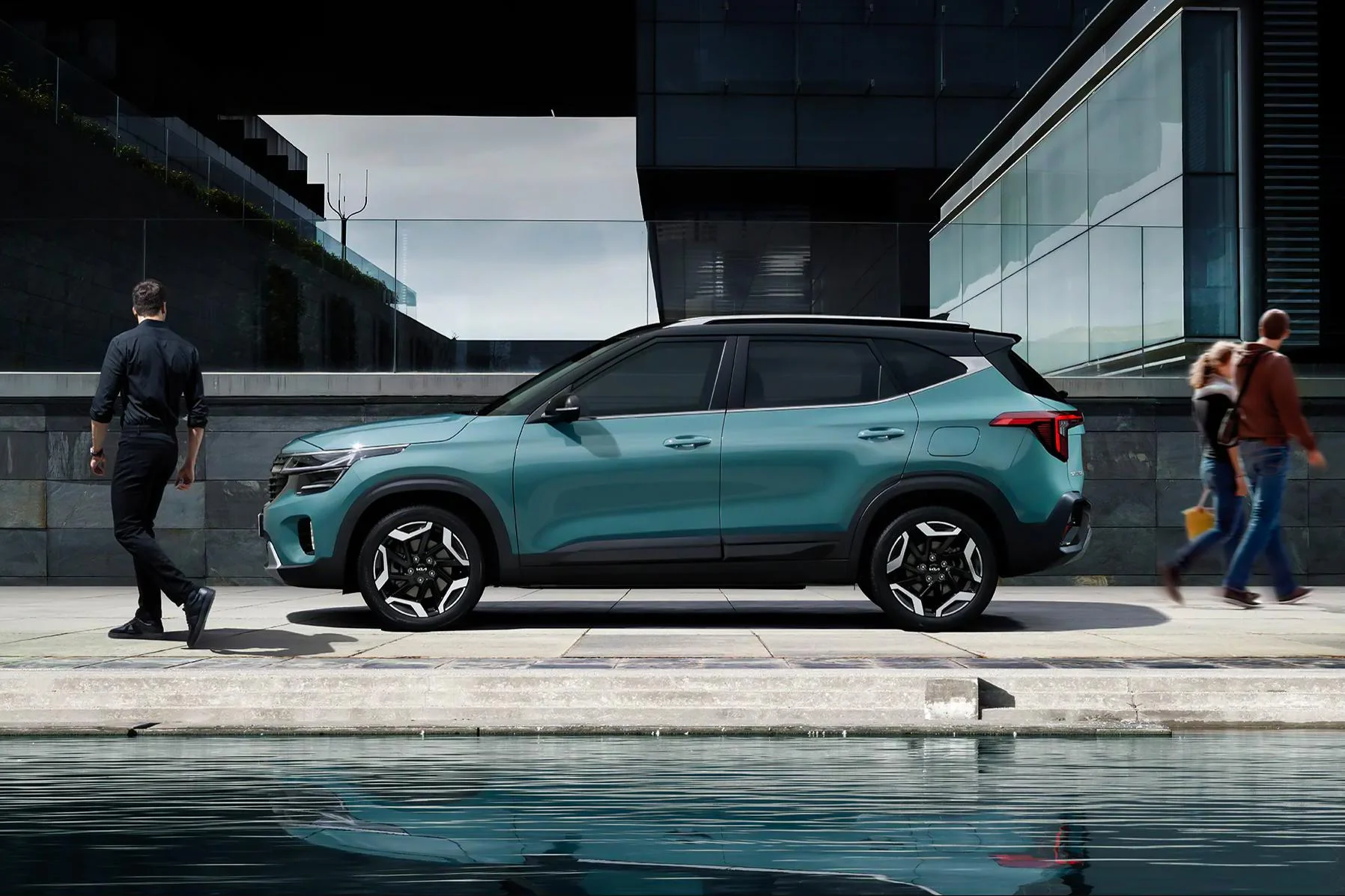
The Seltos range kicks off with the S variant, priced from $29,500 excluding on-road costs, and stretches up to the GT-Line variant that commences from $41,500 for the front-wheel drive, and $44,900 for the all-wheel drive version.
The revised Seltos prices mark an increase of $2210 on the base S model and $2200 on the GT-Line AWD, compared to the pre-refresh models.
This price surge can likely be attributed to the incorporation of advanced safety features across all the variants.
Kia is banking on the refreshed Seltos, with its revamped aesthetics and powertrain adjustments in the top-tier models, to capture a substantial market share in the compact SUV segment. However, will this updated Seltos fulfil the high hopes pinned on it? Only time will tell.
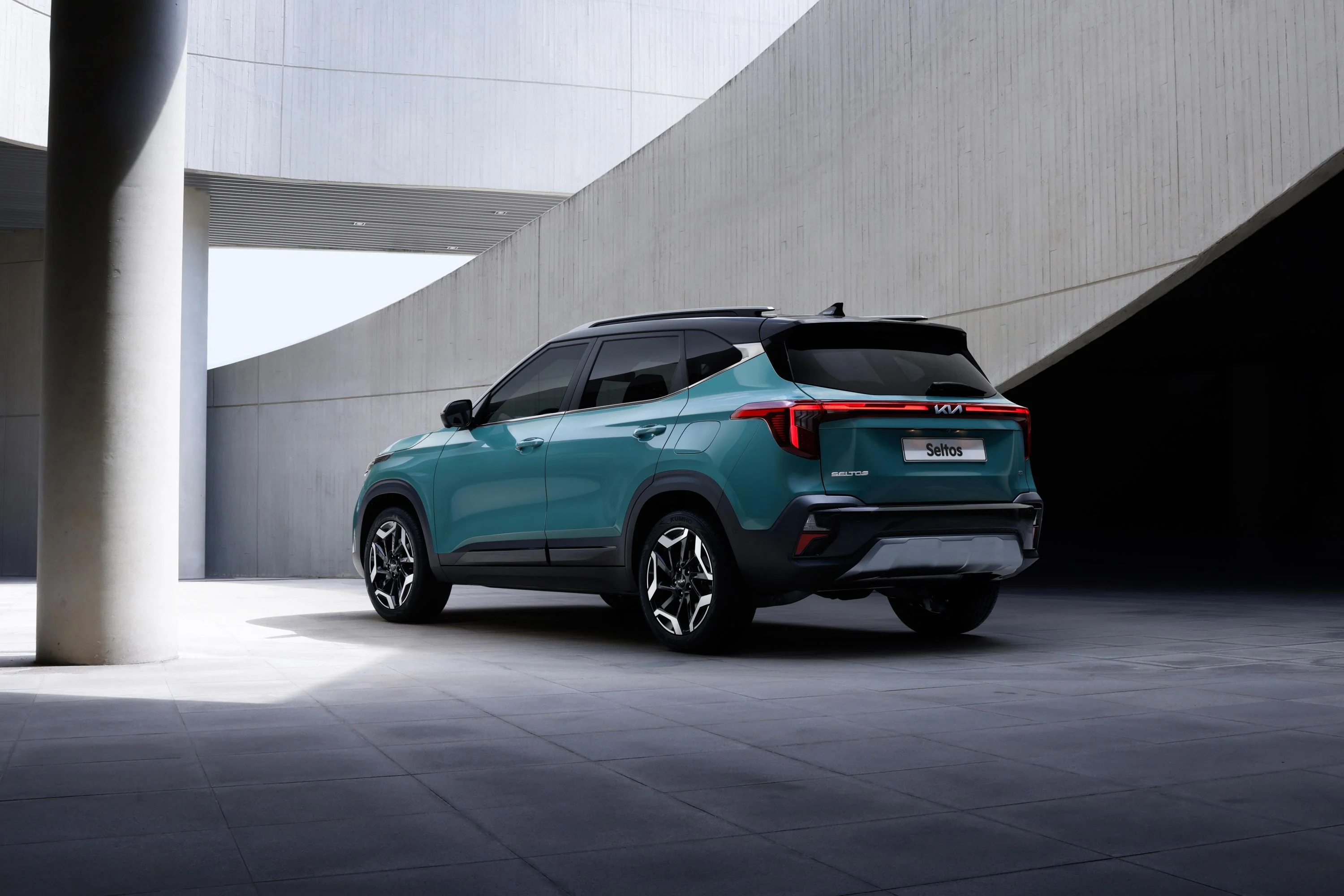
What are the prices for the Kia Seltos range?
2023 Kia Seltos nationwide drive-away pricing:
Kia Seltos S 2.0 FWD: $31,690 (+$2400)
Kia Seltos Sport 2.0 FWD: $35,390 (+$2600)
Kia Seltos Sport+ 2.0 FWD: $38,490 (+$2200)
Kia Seltos Sport+ 1.6T AWD: $41,990 (+$2200)
Kia Seltos GT-Line 2.0 FWD: $44,590 (+$2900)
Kia Seltos GT-Line 1.6T AWD: $47,690 (+$2400)
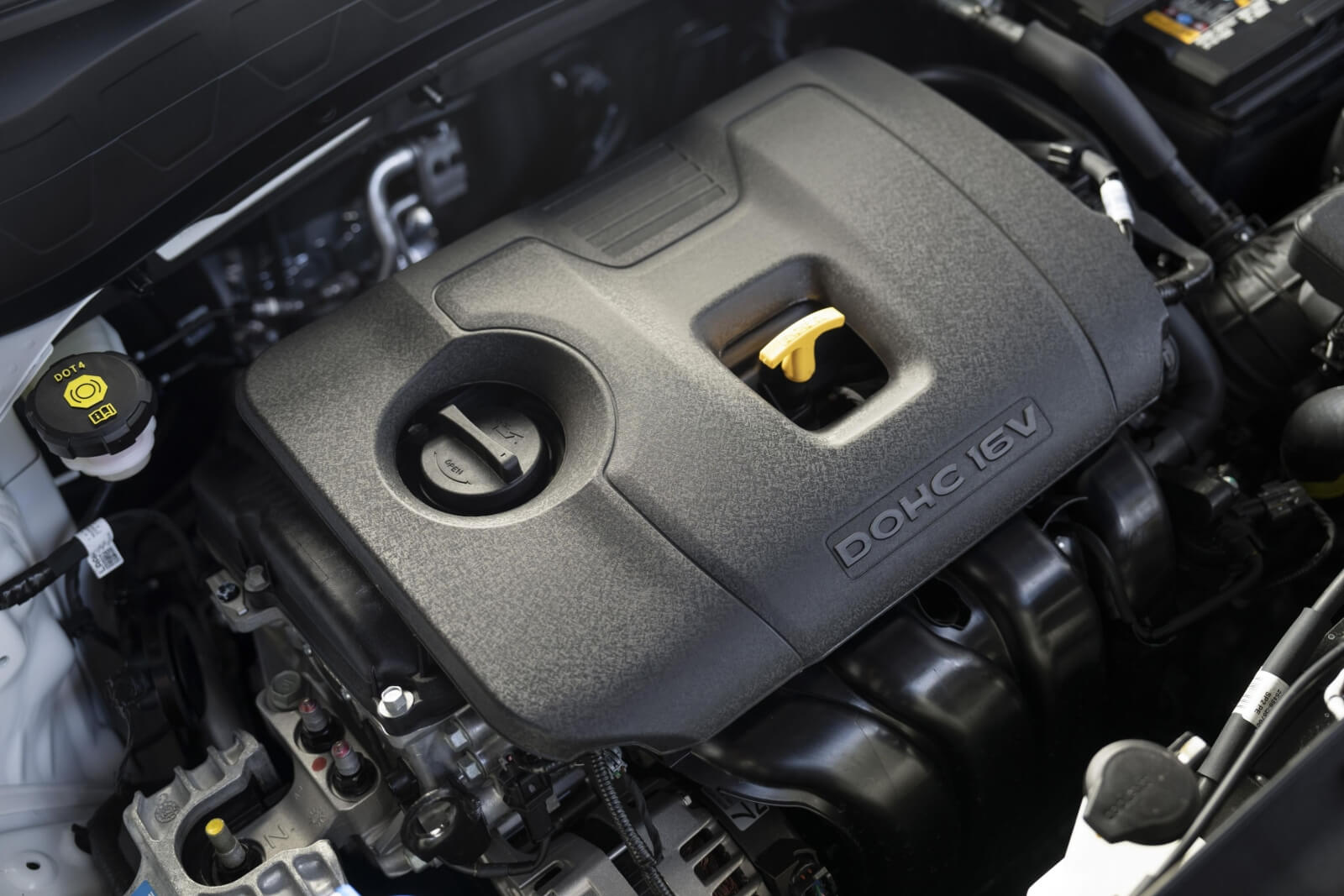
What’s under the bonnet?
As with the previous model, the updated Seltos comes with two powertrain options based on the selected variant.
The entry-level choice is a 2.0-litre MPi four-cylinder naturally-aspirated petrol engine, adhering to the fuel-efficient Atkinson cycle. This engine, as standard, powers the front wheels via a continuously variable transmission (CVT). The performance figures for this engine remain unchanged from the pre-updated Seltos, delivering 110kW at 6200rpm and 180Nm at 4500rpm.
The front-wheel-drive Seltos registers a fuel consumption of 6.9 litres per 100km on the combined ADR cycle. Compatible with 91 RON regular unleaded fuel, it is equipped with a 50-litre fuel tank.
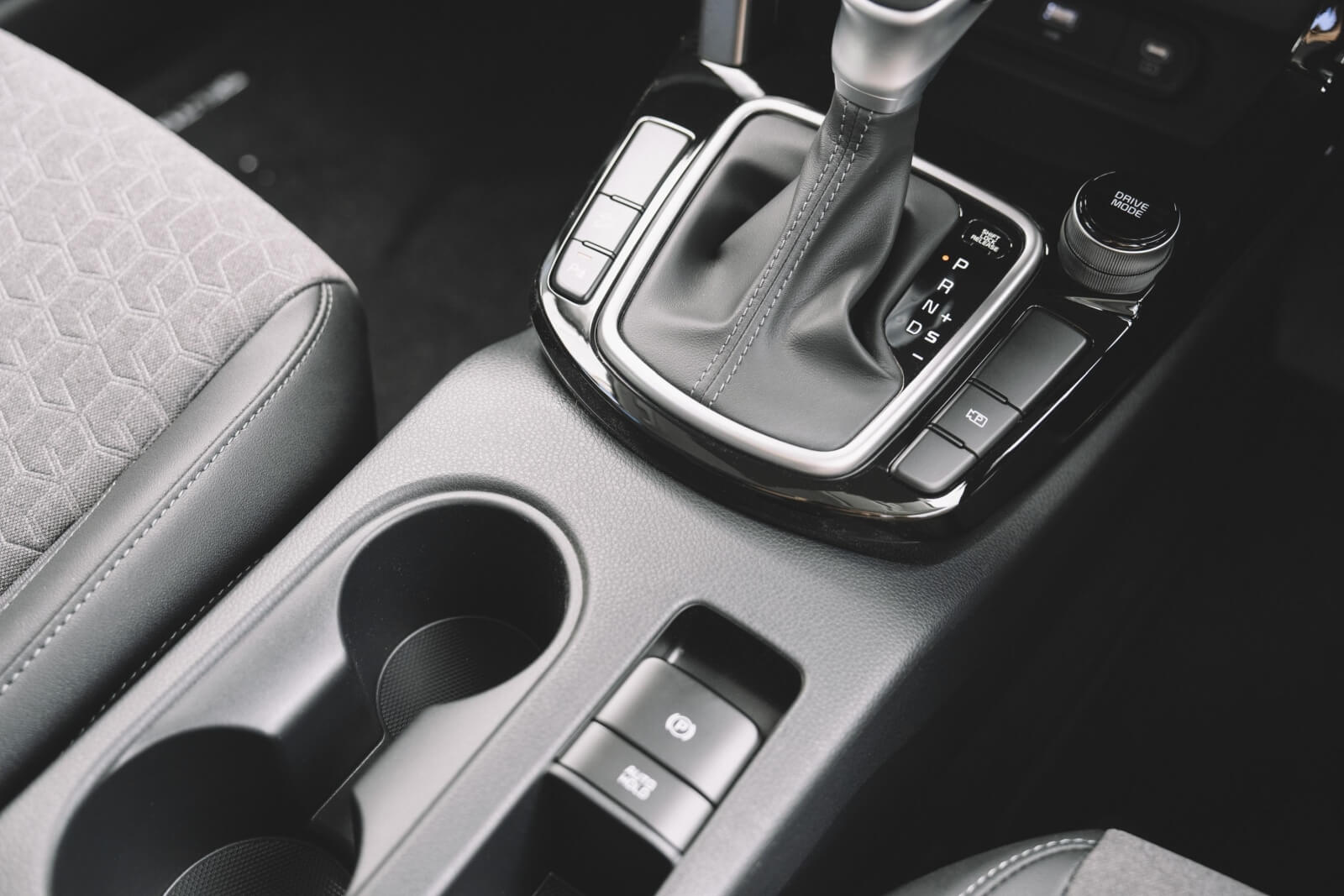
The highlight of the refreshed model is the revamped Smartstream 1.6-litre T-GDi four-cylinder turbo petrol engine. Available on the Sport+ and GT-Line trims, it benefits from increased power and a new gearbox.
This upgraded engine delivers 146kW at 6000rpm and 265Nm between 1600-4500rpm, a 16kW enhancement over the previous non-Smartstream version. Simultaneously, its fuel consumption drops to 7.4L/100km on the combined cycle, an improvement of 0.2L/100km.
The power from this engine is channelled through an all-new eight-speed automatic transmission with a torque converter, feeding an on-demand all-wheel-drive (AWD) system. This replaces the earlier seven-speed dual-clutch automatic. Kia affirms that the Seltos's eight-speed gearbox is a derivative of the one used in the larger Sportage and Sorento.

One significant advancement includes the Hyundai and Kia’s continuously variable valve timing (CVVD) technology, aligning the Seltos with fellow Hyundai-Kia models like the i30 Sedan, Kona, and Sportage.
By fine-tuning the duration of valve opening and closing based on driving conditions, the revamped engine claims up to a 3.0 per cent increase in both performance and fuel efficiency.
These improvements echo in the performance figures that Kia revealed at the media launch. The Seltos can sprint from 0 to 100km/h in 8.4 seconds, a 0.1-second reduction, while 80-120km/h is covered in 5.7 seconds, a 0.5-second improvement. The top speed, though less consequential, has been boosted by 10km/h, taking it to 210km/h.
Just like the 2.0-litre version, the Seltos 1.6T AWD models come with a 50-litre fuel tank and are also designed to run on 91 RON regular unleaded fuel.
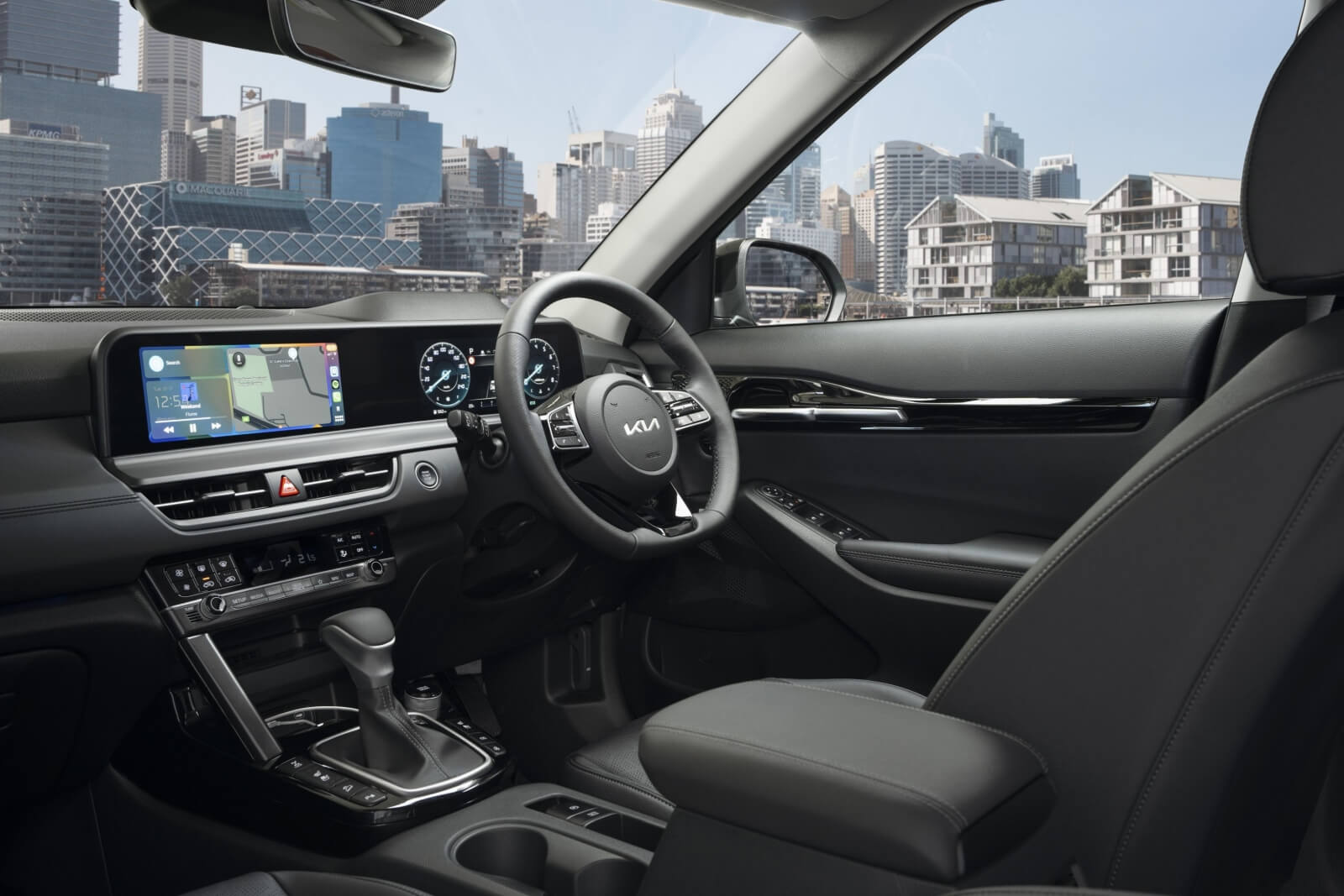
How does the Kia Seltos GT-Line drive?
The flagship GT-Line retains the turbocharged 1.6-litre petrol engine. Despite its relatively compact size, the impressive 146kW and 265Nm output feels more than sufficient for this application.
Its superiority is especially pronounced when compared to the 2.0-litre petrol engine in the lower-tier models, which might seem somewhat underwhelming in terms of performance.
Supported by an all-wheel-drive system, the GT-Line exhibits excellent traction and achieves a 0-100km/h sprint in 8.3 seconds in independent testing. While these aren't figures that will dazzle hot hatch enthusiasts, for a compact SUV, it is far from sluggish.

The replacement of the dual-clutch unit with a torque converter automatic transmission in the GT-Line might seem counterintuitive for performance, yet it turns out to be a comprehensive enhancement.
The new transmission eradicates the awkwardness of the dual clutch at low speeds, all the while maintaining crisp and brisk gear shifts.
The top-of-the-range Seltos sports standard 18-inch alloy wheels. Initial skepticism about potential ride impact was quickly dismissed, as the Seltos showcased remarkable poise and comfort across most road conditions during the local launch. While rough terrains disrupted the smooth ride slightly, overall, the experience was commendable.

The Seltos offers three driving modes: Eco, Normal, and Sport. Without adaptive dampers or a sporty exhaust system, the mode transitions aren't dramatically noticeable.
As the moniker suggests, Eco mode enhances fuel economy by moderating the throttle response and enabling early gear shifting. Conversely, Sport Mode amplifies driving dynamics by sharpening throttle response, allowing the transmission to retain gears longer and stiffening the steering.
However, the subtle differences between modes may lead most drivers to prefer the Sport Mode chiefly for the visually appealing digital cluster display.
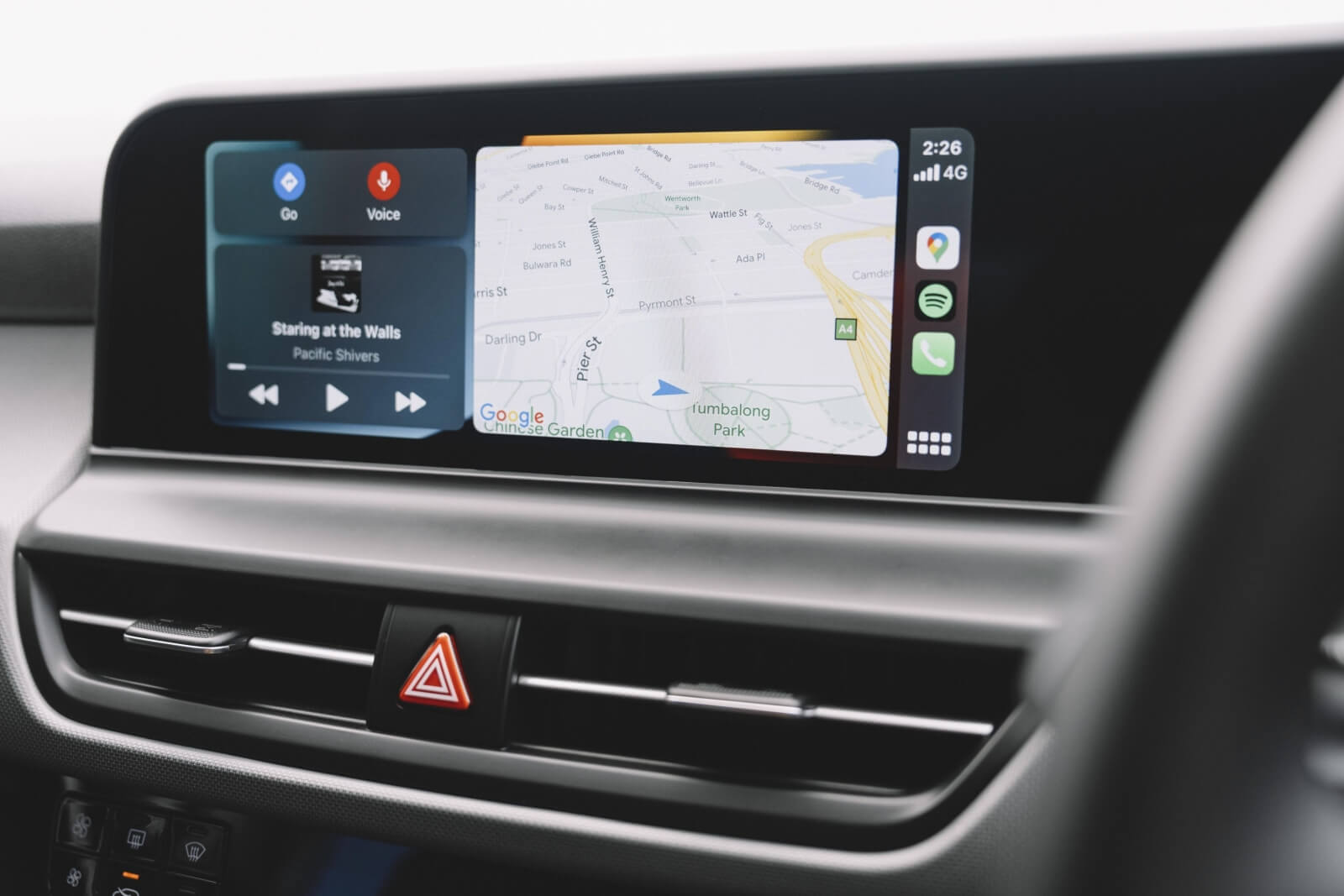
The steering system in the new Seltos stands out, with a substantial weight giving a solid feel. Yet, like many small SUVs prioritizing comfort over dynamics, road feedback through the wheel is minimal, and front wheel traction levels aren't communicated well.
The ride offered by the updated Seltos is undeniably impressive. Overall, it strikes a fine balance between comfort and precision. While body roll is noticeable through sharper turns, it's a reasonable trade-off for non-adaptive dampers providing a comfortable ride.
Kia Australia has opted to standardize the full safety suite across the Seltos range, eliminating optional safety packs. Thus, active safety technologies such as automatic emergency braking, lane keep assist, and blind spot monitoring come standard with even the entry-level Seltos S at no additional cost.
Those seeking adaptive cruise control will need to consider the Sport+ or the top-tier GT-Line.
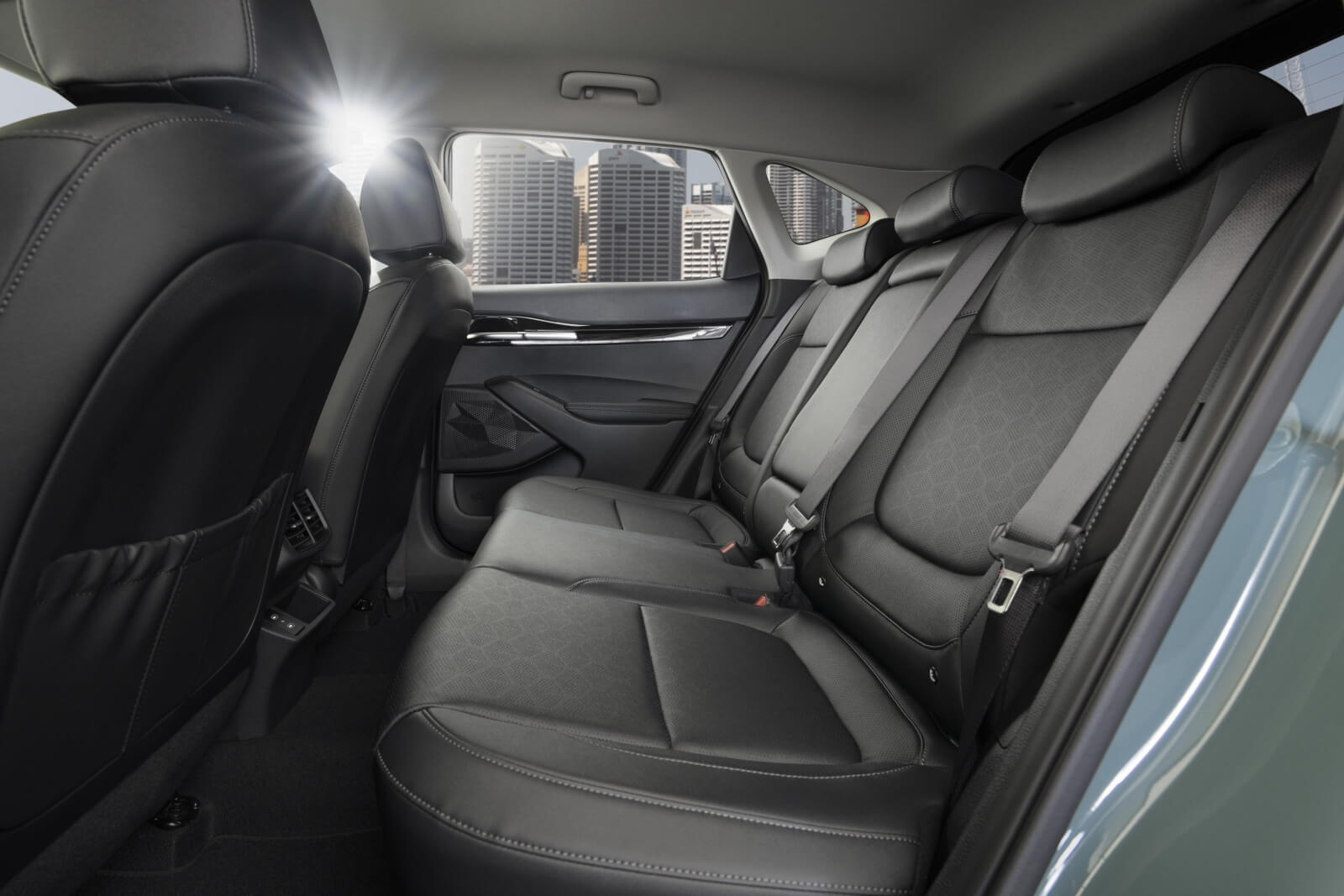
What is the Kia Seltos GT-Line like on the inside?
While the updated Seltos is visually appealing, the cabin doesn't feel as premium as it could, given the price tag of the top-end GT-Line variant. Most surfaces are hard plastics and piano black – neither of which add to the perceived luxury.
One positive aspect is the perforated leather steering wheel available on all models above the Seltos S, with the GT-Line model featuring a flat-bottomed wheel. However, the lack of shifter paddles on the GT-Line is a missed opportunity, as these have become a common expectation on performance-line models.
In the technology department, all Seltos variants above the base model are equipped with 10.25-inch screens for the digital gauge cluster and infotainment system. With the addition of Kia Connect, the multimedia system now includes satellite navigation with live traffic, but still requires a wired connection for Apple CarPlay and Android Auto. A workaround is opting for the entry-level S variant with the 8.0-inch display, as it offers wireless phone mirroring.
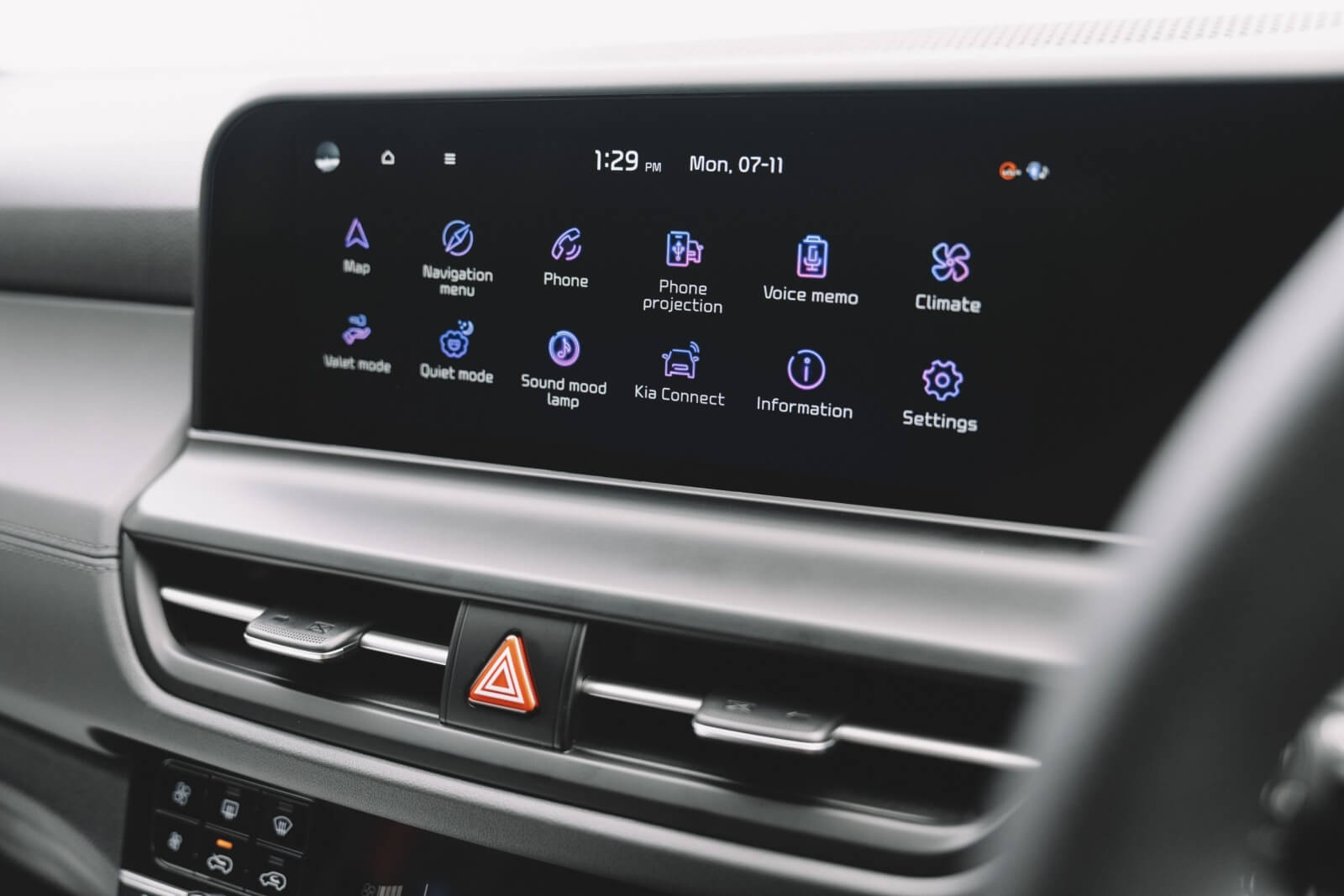
Amenities include three-zone climate control with physical controls, USB A and USB C ports in the front row, and a wireless phone charger. The update has also added second-row air vents, situated above a pair of USB C charging ports.
In the GT-Line variant, synthetic leather covers the seats, providing impressive comfort. Both driver and passenger receive powered seats – an impressive feature in the small SUV segment. The steering wheel also has height and depth adjustments.
The Seltos has abundant head and leg room in both rows. However, rear middle-seat passengers might find their legroom slightly reduced due to a slightly raised transmission tunnel, a common issue in this vehicle segment.
Boot space in the GT-Line, with a power tailgate, offers 433 litres with the rear seats upright, and expands to 1393 litres when folded down. This is comparable to the Toyota Corolla Cross's 436 litres. Moreover, all Seltos models above the entry-level S come with a full-sized matching alloy spare wheel beneath the boot, a significant advantage for the Kia.

Is the Kia Seltos GT-Line safe?
The Seltos has a five-star ANCAP safety rating from tests conducted in 2019 on the pre-facelift model. It achieved a score of 85% for adult occupant protection, 83% for child occupant protection, 61% for vulnerable road user protection, and 70% for safety assist.
All Seltos variants come standard with:
6 airbags
Autonomous Emergency Braking (AEB) with pedestrian detection
Blind-spot assist (New)
Rear cross-traffic assist (New)
High Beam Assist
Intelligent Speed Limit Assist (New)
Lane Following Assist (New)
Lane keep assist
Safe Exit Warning (New)
Front (New) and rear parking sensors
Reversing camera, including dynamic guidelines
Driver Attention Alert
Rear Occupant Alert

Additional safety features for the Seltos Sport include:
eCall function via Kia Connect
For the Seltos Sport+, the safety suite is further enhanced with:
AEB with cyclist and junction assist
Adaptive cruise control with stop/go
Leading Vehicle Departure Alert
These advanced safety and driver-assist technologies aim to improve safety for occupants as well as for other road users, offering an extra layer of protection to prevent accidents and reduce injury severity in case of a collision.
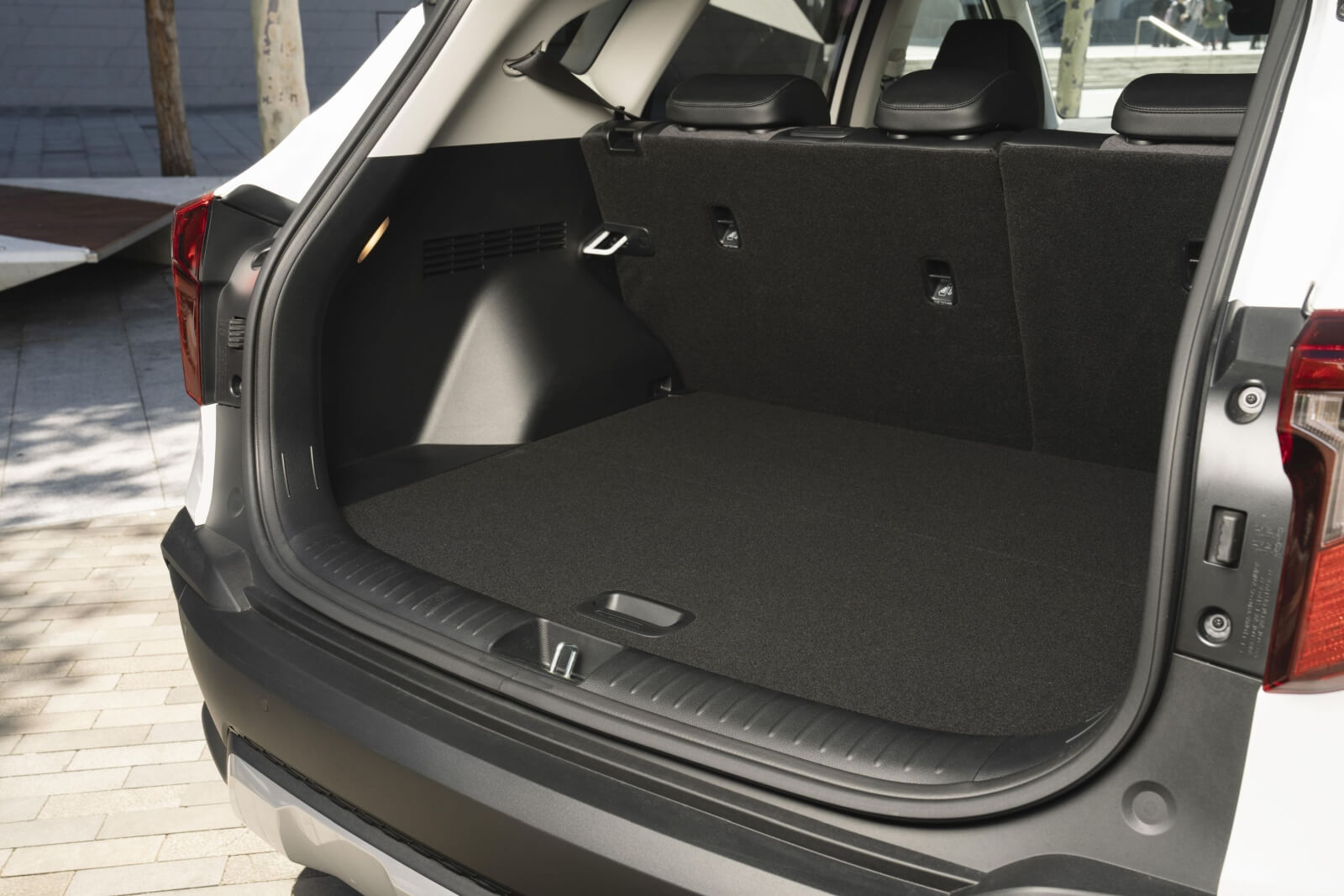
How much does the Kia Seltos GT-Line cost to run?
The 1.6-litre turbo petrol engine Seltos models have a claimed fuel economy of 7.4L/100km, according to Kia Australia. Real-world testing, however, yielded a fuel consumption of 8.0L/100km, which is slightly higher but still reasonable. It's worth noting that aggressive driving can significantly increase fuel consumption, although it tends to settle back to more modest figures during regular driving.
When it comes to maintenance, Kia Australia offers a capped-price service plan that covers the Seltos for seven years or up to 70,000km, costing a total of $3,214. This plan requires servicing every 10,000km.

Comparatively, the top-of-the-line Toyota Corolla Cross Atmos costs $1,150 for maintenance over five years, which is significantly less than the Kia Seltos. The Toyota model also has an advantage with its longer service intervals of 15,000km, making each service visit cheaper at $230.
For the Seltos, each service visit costs a different amount, but on average, it works out to be around $459 per visit over seven years. This makes it a more expensive choice for maintenance, which is something potential buyers may wish to consider alongside other factors such as performance, comfort, safety, and design.
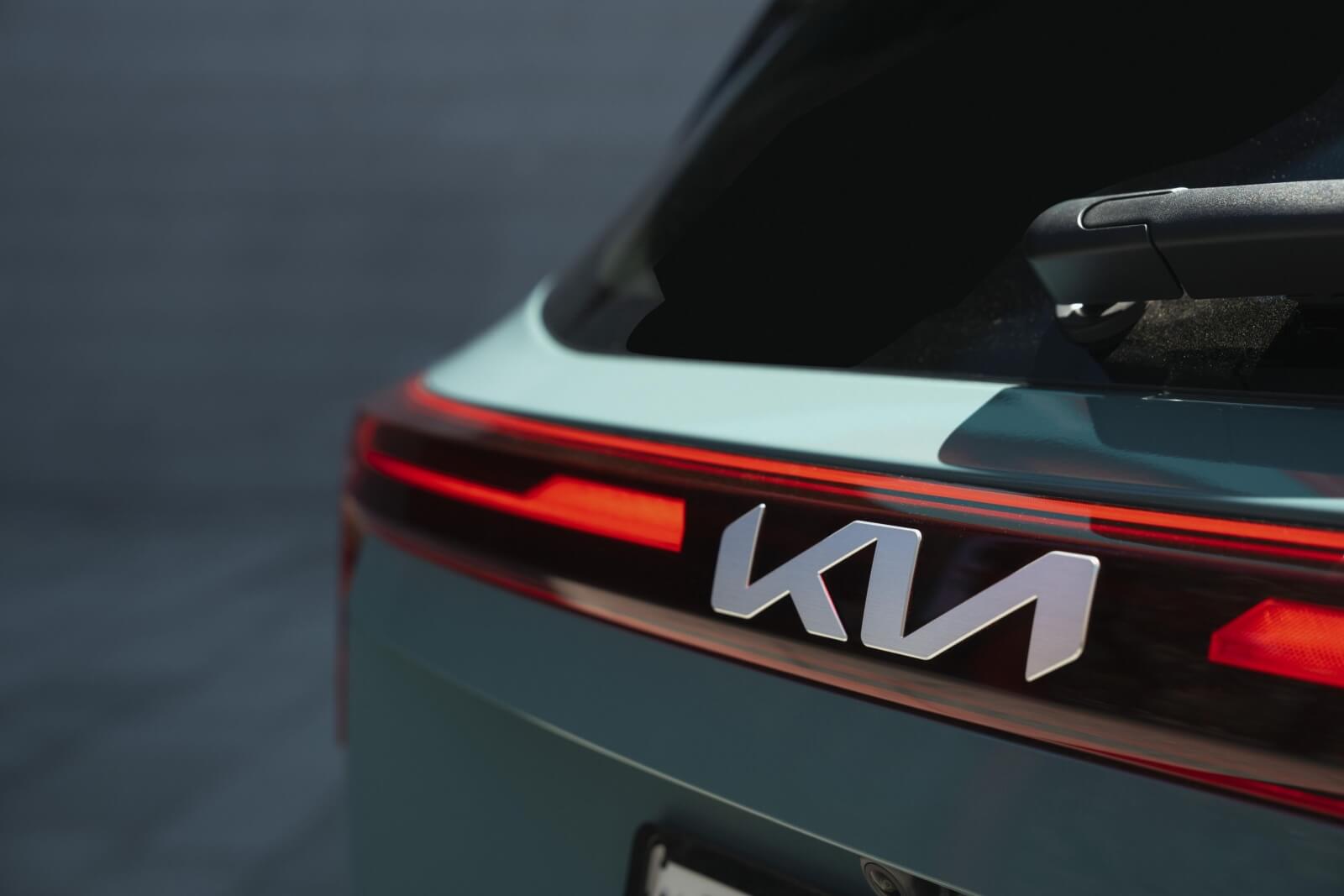
Yeecar’s Take on the Kia Seltos GT-Line
The updated Kia Seltos seems set to be a strong contender in the ever-expanding small SUV segment. Its compact size doesn't compromise on practicality - the interior is well-packaged, and it stands out with a full-size spare tire housed beneath the boot, which is a rare feature in this class.
The top-tier GT-Line model boasts a refined engine and transmission pairing that maintains a sporty feel, even with its shift to a torque converter automatic.
There are, however, areas for improvement, notably within the interior where the presence of cheap-feeling plastic panels somewhat detracts from the overall quality. Additionally, the majority of the range lacks wireless phone mirroring, which is increasingly becoming a standard feature in new vehicles.
Kia Australia has acknowledged these issues, particularly the lack of wireless phone mirroring, and has indicated that improvements are in the works. However, with no specific timeline offered, it's uncertain when these updates will be implemented.
Despite these issues, the Seltos is still a compelling choice for those seeking a stylish, family-friendly small SUV that's enjoyable to drive. Its value proposition remains strong, delivering a well-rounded package at a competitive price point. The Seltos should definitely be on the shortlist for anyone shopping in this segment.




